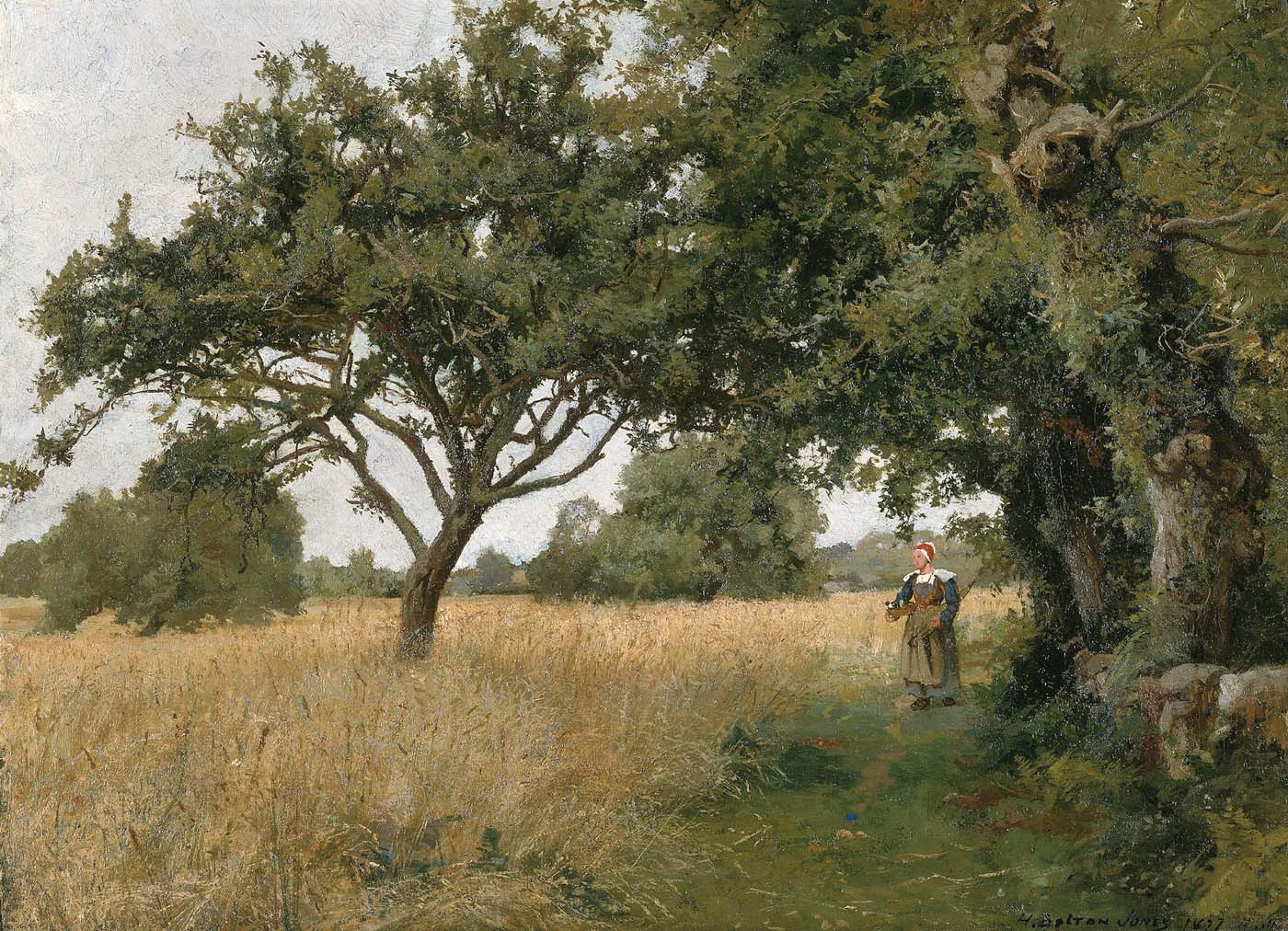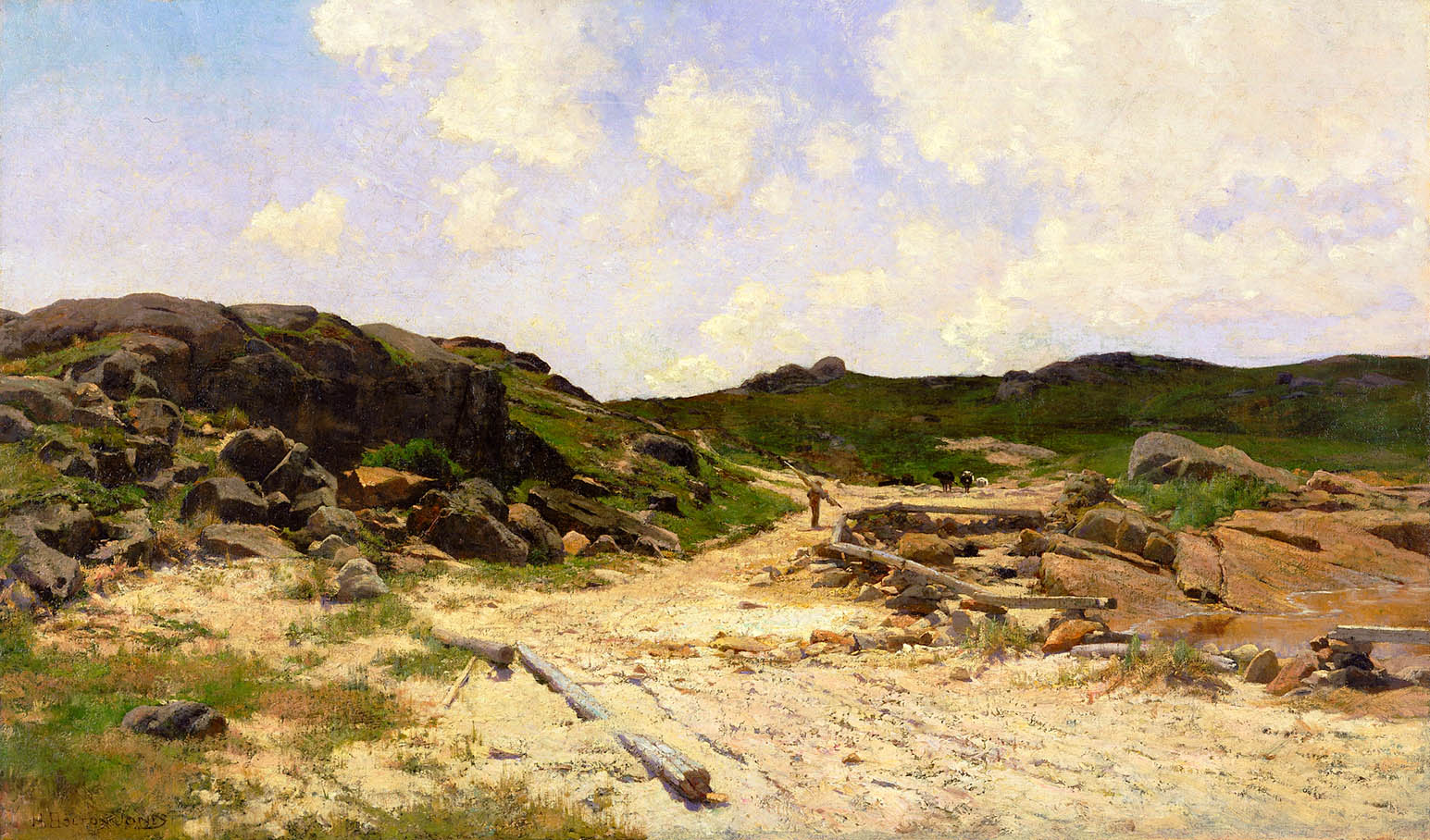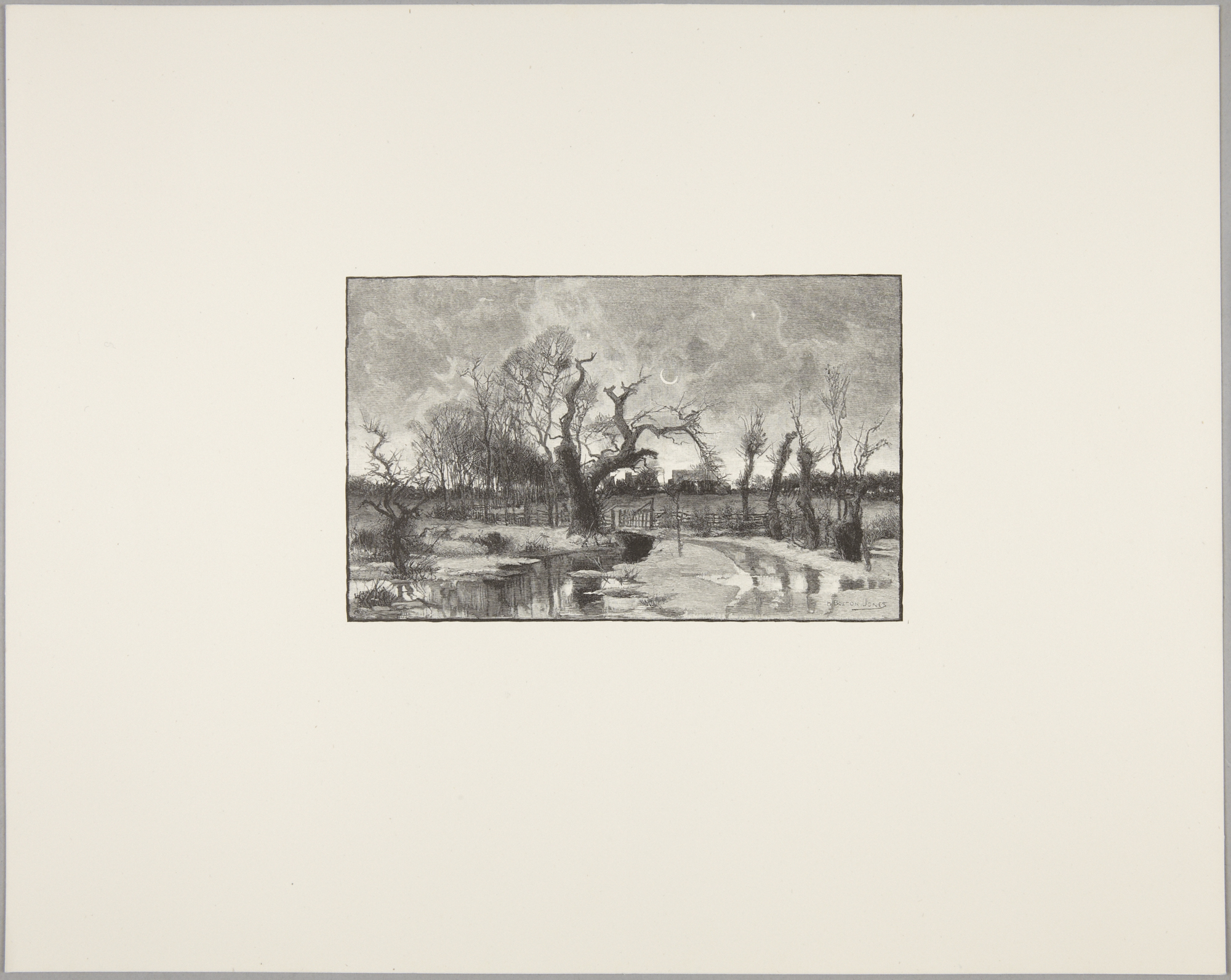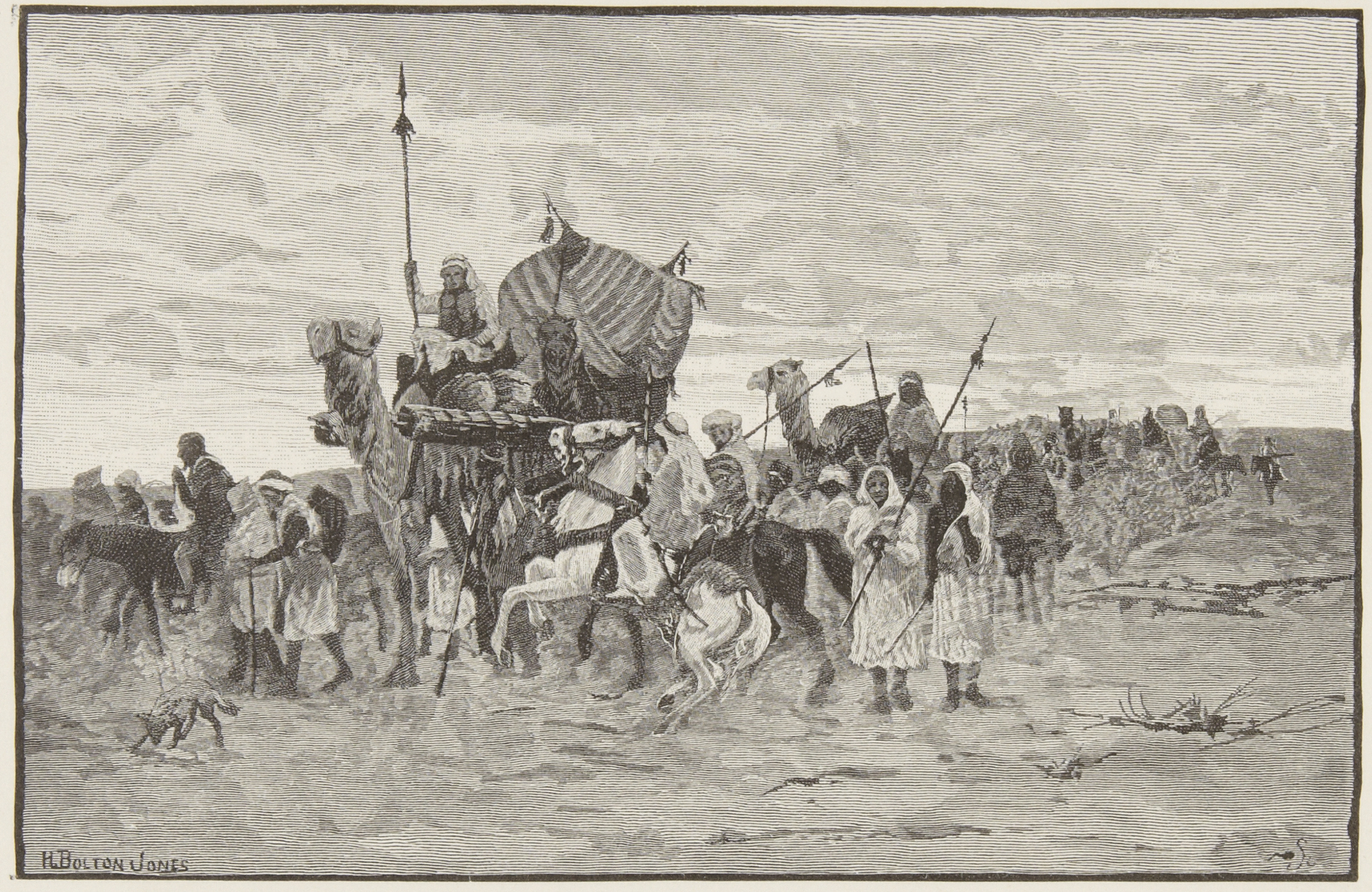H. Bolton Jones
Jones began his art studies at the Maryland Institute and was later a pupil of Horace Robbins. He first exhibited in 1874 at the National Academy of Design and was a regular contributor to their annual shows for the rest of his career. Beginning in 1876, Jones traveled and painted in Europe for four years. Although the majority of his activity centered on the artists' colony at Pont Aven in Brittany, he also sketched in Spain, England, Italy, and Morocco. While abroad, he exhibited in London, at the Paris Salon of 1878, and the Universal Exposition in Paris of the same year. Upon his return in 1880, Jones shared a studio with his younger brother, Francis, in New York. He became a member of the Society of American Artists in 1881 and was elected an academician at the National Academy of Design in 1883.
A prolific painter represented in several major public collections in the eastern United States, Jones concentrated his finest efforts before the turn of the century on a series of landscapes reflecting the flat meadows of New Jersey and New England. His experiments with the palette and broken color of the impressionists during the final decades of his life did little to rescue his fading reputation.
Peter Bermingham American Art in the Barbizon Mood (Washington, D.C.: National Collection of Fine Arts and Smithsonian Institution Press, 1975






